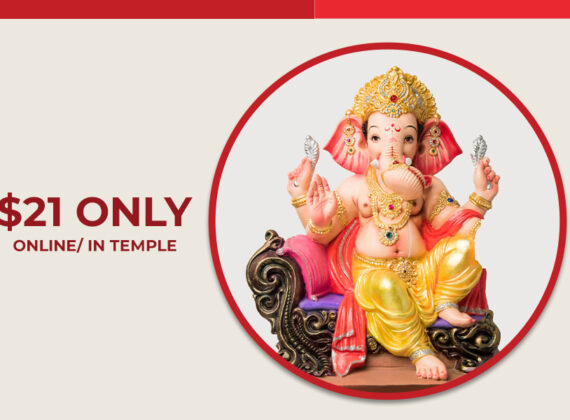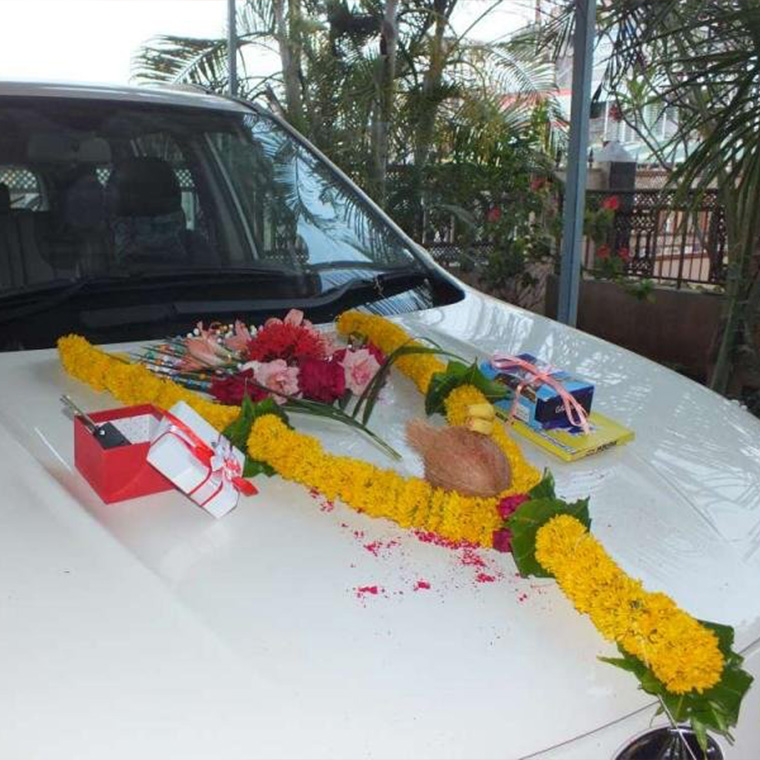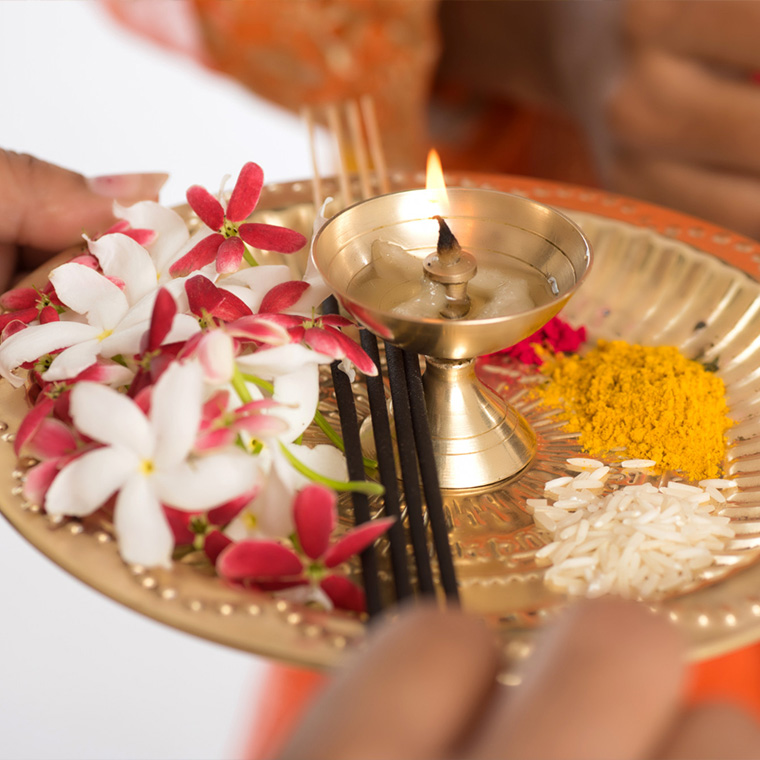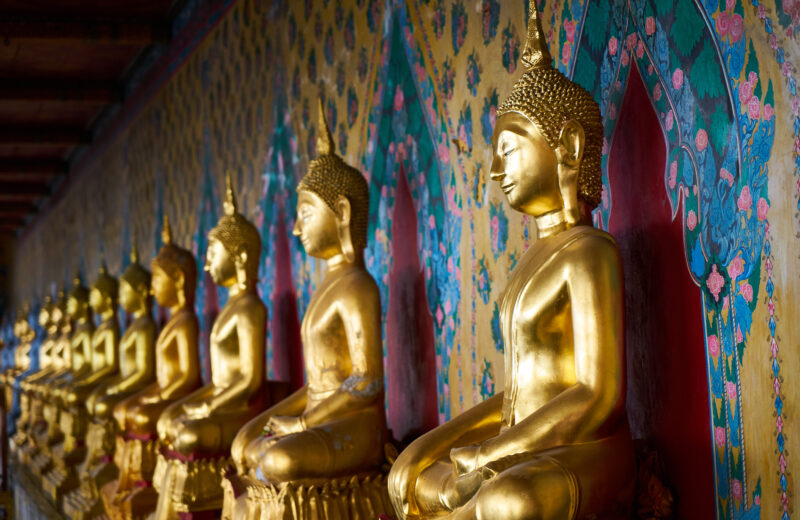
Car Puja – A Sacred Ritual for Protection & Prosperity
Car Puja is a Hindu ritual performed to bless a newly purchased vehicle, seeking divine protection and ensuring safety for the owner and passengers. This tradition is deeply rooted in Hindu beliefs and is widely practiced in India, Nepal, and other Hindu communities worldwide. The ceremony is meant to remove negative energies, invite good fortune, and ensure smooth and accident-free journeys.
Significance of Car Puja
In Hindu tradition, all objects, including vehicles, are believed to possess cosmic energies. Performing a Car Puja:
✔ Invokes the blessings of Lord Ganesha for obstacle-free journeys
✔ Seeks Goddess Lakshmi’s grace for prosperity and well-being
✔ Purifies the vehicle from any negative influences
✔ Ensures the safety of the driver and passengers
✔ Brings good fortune and positivity in all travels

Archana Puja

Bartabandha Puja
When is Car Puja Performed?
Car Puja is ideally conducted on auspicious days, including:
✨ Navratri, Dussehra, Diwali, or Akshaya Tritiya – Considered highly favorable for new beginnings
✨ Personal Auspicious Dates – Determined by consulting a Hindu priest or Panchang (Hindu calendar)
✨ At the Time of Purchase – Many car dealerships also offer basic Car Puja services before handing over the vehicle
How is Car Puja Performed?
Car Puja is usually a simple yet meaningful ritual, performed by the owner or a priest. The steps typically include:
🔹 Cleaning the Car – The vehicle is washed and cleaned to remove any impurities.
🔹 Placing Sacred Items – A coconut, lemons, and flowers are placed in front of the car as offerings.
🔹 Drawing Swastik Symbol – A Swastik (symbol of auspiciousness) is drawn on the car’s hood using kumkum (vermilion) or turmeric.
🔹 Offering Prayers to Lord Ganesha – A small idol or image of Lord Ganesha is placed inside the car, and incense sticks and diyas (lamps) are lit.
🔹 Breaking a Coconut – A coconut is broken in front of the vehicle to symbolize the removal of obstacles.
🔹 Rolling Lemons Under the Tires – In some traditions, lemons are placed under each tire and run over to remove negativity.
🔹 Applying Tilak and Tying Sacred Thread – A tilak (red or sandalwood paste mark) is applied to the car, and a sacred thread or garland is tied to the front.
🔹 Aarti and Distribution of Prasad – Aarti (ritual waving of a lamp) is performed, and prasad (blessed food) is distributed among family and friends.



Regional Variations
Car Puja rituals vary across different Hindu communities:
🔸 Nepal – Many people visit temples with their new vehicle for a special blessing from priests. Some also offer puja at home with a family priest.
🔸 South India – The rolling of lemons under the wheels is widely practiced.
🔸 North India – Some families perform a havan (fire ritual) along with the puja.
🔸 Maharashtra & Gujarat – People often visit temples for vehicle blessings.
Conclusion
Car Puja is a beautiful tradition that blends spirituality with everyday life. It is a way to express gratitude, show respect for new possessions, and ensure divine protection for safe travels. Whether performed elaborately or in a simple manner, the essence of the ritual remains the same – invoking blessings for a smooth, secure, and prosperous journey.
Email Address
info@pashupatinathfoundation.org
Phone Number
562- 864 -7600







